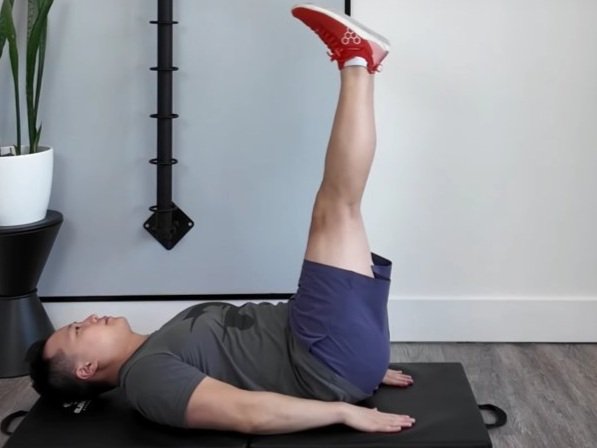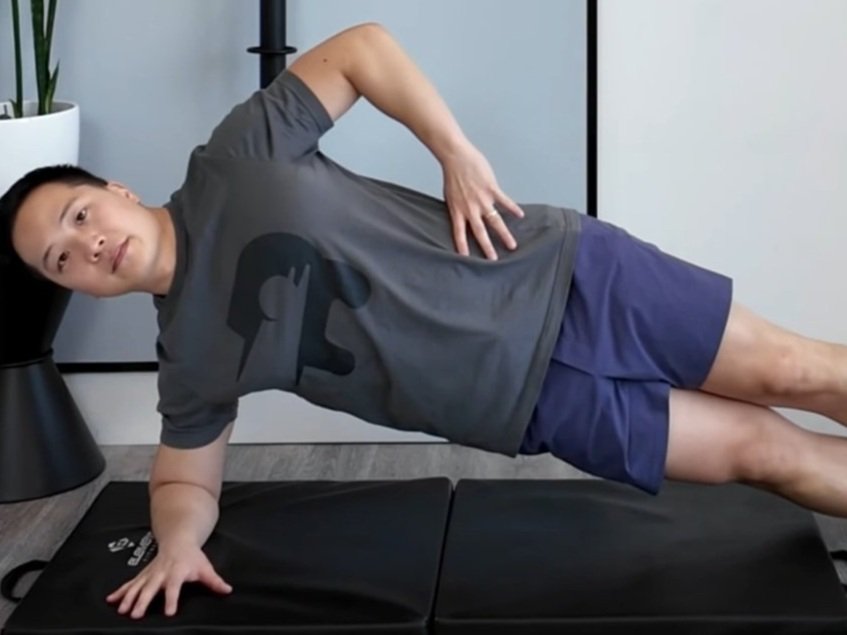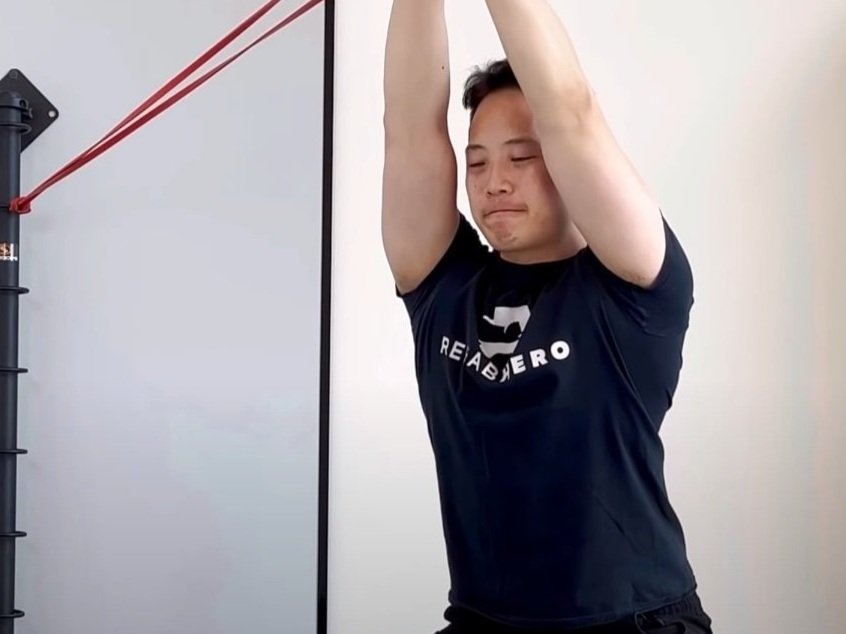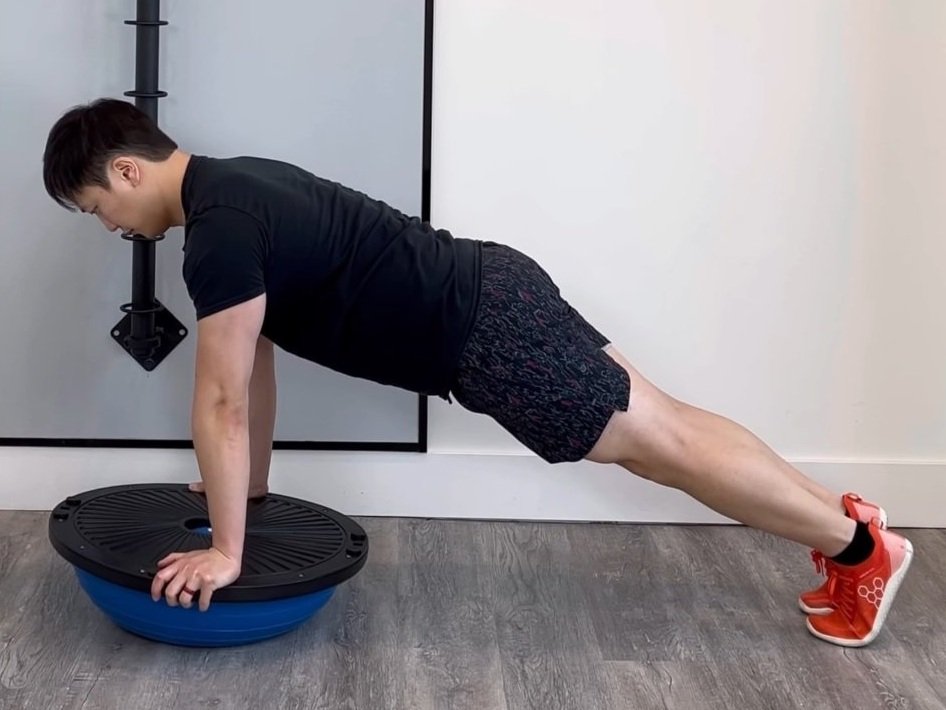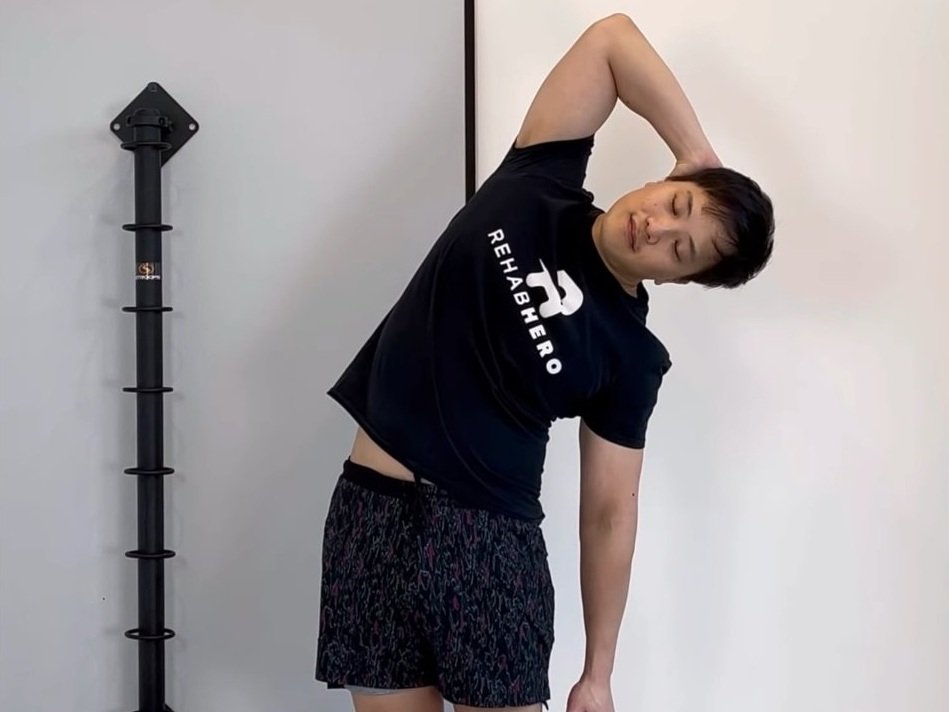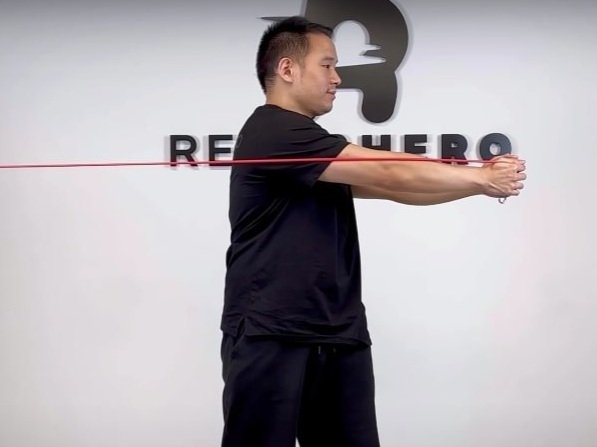Sports and Inguinal Hernias
Athletic Pubalgia Vs. Inguinal Hernia
The Differences Between These Two Related But Different Conditions
Epidemiology and Risk Factors
Did you know that of all hernias, 75% of them occur in the inguinal region? The inguinal canal is found halfway between you pubic bone and pelvic bone along the front of the pelvis. In the USA, over 600,000 inguinal hernia surgeries are performed each year.
This condition is more typical in males, with a ratio of 9:1 male predominance, and those who are between the 40-59 age range. Contrary to popular belief, there is a lower risk in men who are overweight or obese. For women taller height, chronic cough, previous umbilical hernia, older age, and rural residence have been associated with higher rates of inguinal hernias. For both genders, a previous diagnosis of hiatal hernia doubles risk for inguinal hernia. Lastly, it was found that smoking and alcohol consumption is unrelated to this condition.
What are the Symptoms of Inguinal Hernias?
Symptoms may appear gradually over time or suddenly, and can be asymptomatic (experience no symptoms). Often it presents with severe groin pain. Stretching of related tissues can lead to burning, gurgling, or aching in the groin, so be sure to get this professional assessed prior to trying any exercises for this condition.
Pain is worse with Valsalva maneuver or straining (cough, sneeze, etc.) due to the increase in intraabdominal pressure on the hernia. It is also not uncommon to experience a heaviness or dragging sensation in the groin at the end of day or after prolonged activity.
Diagnosis of an Inguinal Hernia
Your health care provider will investigate the bulge in both standing, seated, and lying positions. They would observe to see if the bulge disappears while in prone position (face down). Your physician would invaginate the loose skin of scrotum, follow the spermatic cord up to the inguinal ligament to a triangular slit-like opening of the external inguinal ring (medial and inferior to pubic tubercle) and then palpate the internal inguinal ring. At this point they will ask patient to strain and feel for a bulge. In females, direct palpation over groin is used instead.
If no bulge is detected, then inguinal hernia is unlikely, but it may still be athletic pubalgia (groin pain with no bulge). Athletic pubalgia is also more commonly known as a Sports Hernia. A Sports Hernia is not a true hernia but instead a tearing of tissue fibers.
The physician will investigate for incarceration (abdominal contents that cannot be returned) by getting the patient to hold a Trendelenburg position while placing gentle pressure on the area for up to 15 minutes. The test is positive if acute pain occurs indicating strangulation. Typically this occurs with local tenderness and redness, as well as sensations of nausea and/or vomiting. Incarceration is considered a surgical emergency.
Post-Surgical Chronic Pain Syndrome
Chronic pain is the most common long-term issue after a hernia repair (5-31% of population), reported up to 21-38% with mesh repair. Masukawa K (2010) had reported no difference in chronic pain rates between mesh and anatomical repair methods. Chronic pain is related to nerve scarification, mesh contraction, chronic inflammation, or osteitis pubis. This condition is sometimes also called inguinodynia.
Return to activity is usually permitted 2-4 weeks post surgery for laborers and 10 days as tolerated for professionals
Postulated pain is due to compression of either the genitofemoral, lateral femoral cutaneous, ilioinguinal, or iliohypogastric nerves. The cause of chronic pain syndrome is still overall unknown. Most need treatment from chronic pain clinics and are often pain free after 1 year of conservative management.
What is Athletic Pubalgia (Sports Hernia)?
A sports hernia is known to be related to the pre-pubic aponeurotic complex (P-PAC) or rectus aponeurotic plate. Athletic pubalgia is the serial microtearing of the P-PAC, or complete tearing of posterior attachment off the anterior pubis.
A complete displacement can occur unilaterally or across the midline to the other side. Often there is a concomitant inguinal hernia, although an inguinal hernia may not always preclude pubalgia. Hip labral surgery also occur concomitantly with pubalgia.
The diagnosis of inguinal hernia does not exclude the diagnosis of athletic pubalgia as a diagnosis since it is a specific anatomical injury rather than a collection of symptoms. This means you can have 2 concurrent diagnosis at the same time, inguinal hernia and athletic pubalgia.
P-PAC Anatomy
The Pre-Pubic Aponeurotic Complex has many fascial components. It attaches posteriorly to pubic bone mainly, and partially to the pubic symphyseal cartilaginous disc. Contributors to the P-PAC include the rectus abdominus tendon, medial part of transversalis and internal oblique muscles, the conjoint tendon, the inguinal ligament, and the adductor longus tendon.
Diagnosis of Sports Hernia (American Journal of Orthopedics)
To start, your health care provider will require a complete medical history including:
A date of surgery (if any)
Duration of rest
History of Physiotherapy Treatments
Initial onset
Mechanism of injury
After gathering the aforementioned information they will start the physical examination by assessing for any femoral, inguinal, and/or umbilical hernias. Tests positive for a sports hernia include:
Resisted Sit-Up test
Resisted Straight Leg Raise
Resisted Adduction
Valsalva Maneuver
In addition to examining the location of possible hernia, your physiotherapist or chiropractor may also do a hip assessment.
The Resisted Sit-Up test is used to assess the lateral aspect of the rectus abdominis for pain by raising the head to contract the muscle. This determines tenderness along the lateral border. In addition, your physician may also trace the rectus edge down to the pubis at it’s attachment (superolateral border of P-PAC). They will also assess the conjoint tendon and inguinal ligament medial attachments at the pubic tubercle (lateral border of the P-PAC).
The P-PAC is examined like an inguinal hernia to assess the transversalis fascia to determine if the inguinal canal floor bulges forward with a Valsalva maneuver.
The inferior border of P-PAC by is assessed through the adductor longus attachment with the leg in adducted position (acute/semi-acute stage often elicits pain within 1 year of injury). Pain along the axis during activity or afterward without pain during palpation is indicative of chronic injury.
Additional tests such as an MRI is used to detect pathology of pubic symphysis, hips, inguinal canals. A MRI is considered to be crucial and is used in combination with the Valsalva Maneuver Test for complete diagnosis.
Treatments for Sports Hernia
If surgery is not initially indicated a trial of conservative care through physiotherapy or chiropractic treatments are recommended. Acute groin injuries (within 6 months) are treated non-surgically through a combination of rest, NSAIDs, and physical therapy. You can book an appointment with a Rehab Hero therapist by clicking the button below:
If conservative treatment fails, the patient is re-evaluated for surgery. No specific surgery is recommended, and overall there is a good return to sport (80-100%). Platelet rich plasma injections (PRP) are not recommended due to limited success.
Written By:
Dr. David Song, Chiropractor, Rehab Coach
References
Zoland M, Maeder M, Iraci J, Klein D. Referral Patterns for Chronic Groin Pain and Athletic Pubalgia/Sports Hernia: Magnetic Resonance Imaging Findings, Treatment, and Outcomes. American Journal Of Orthopedics (Belle Mead, N.J.) [serial on the Internet]. (2017, July), [cited May 15, 2018]; 46(4): E251-E256. Available from: MEDLINE with Full Text.
Leblanc K, Leblanc L, Leblanc K. Inguinal hernias: diagnosis and management. American Family Physician [serial on the Internet]. (2013, June 15), [cited May 15, 2018]; 87(12): 844-848. Available from: CINAHL Plus with Full Text.
Masukawa K, Wilson S. Is postoperative chronic pain syndrome higher with mesh repair of inguinal hernia?. The American Surgeon [serial on the Internet]. (2010, Oct), [cited May 15, 2018]; 76(10): 1115-1118. Available from: MEDLINE with Full Text.
Bright E, Reddy V, Wallace D, Garcea G, Dennison A. The incidence and success of treatment for severe chronic groin pain after open, transabdominal preperitoneal, and totally extraperitoneal hernia repair. World Journal Of Surgery [serial on the Internet]. (2010, Apr), [cited May 15, 2018]; 34(4): 692-696. Available from: MEDLINE with Full Text.














